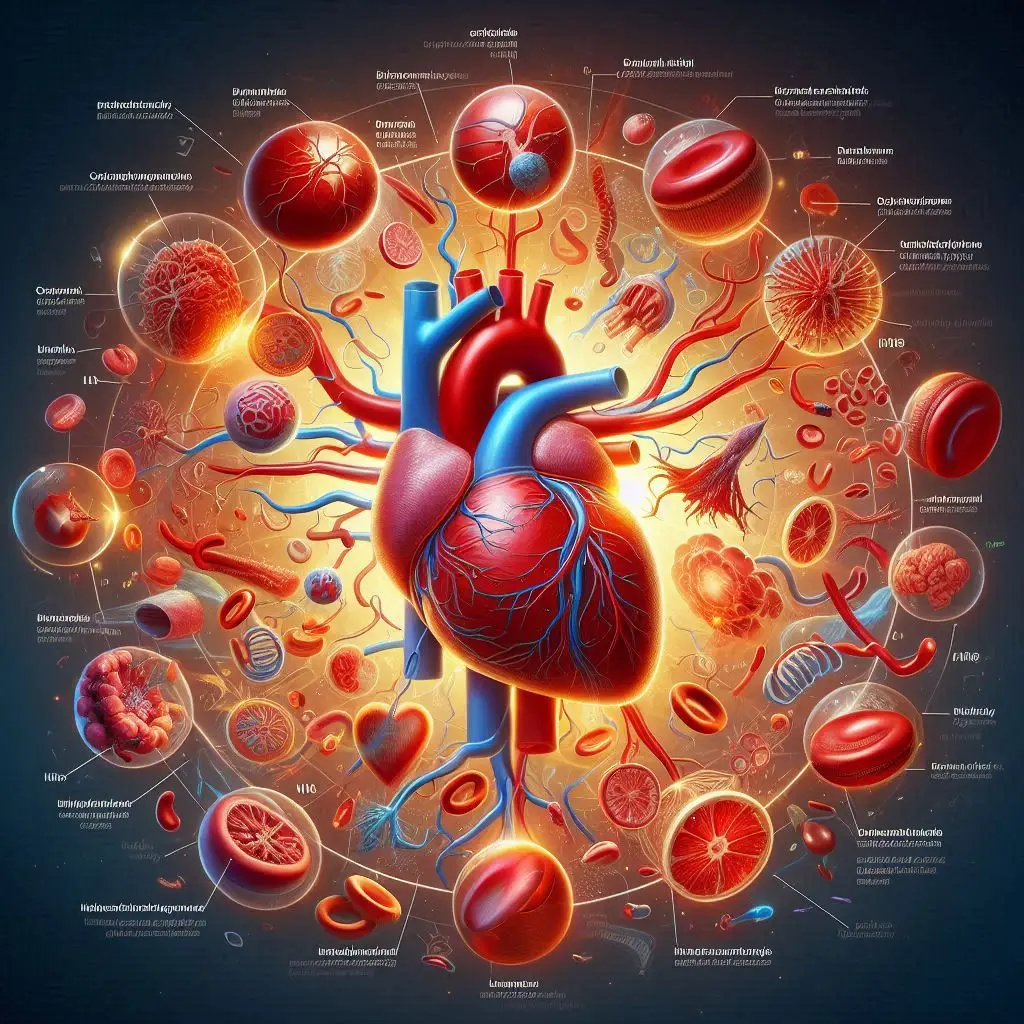Drugs acting on Autonomic Nervous System

Understanding the Autonomic Nervous System
To fully grasp the importance of autonomic drugs, it’s essential to have a basic understanding of the ANS and its two branches:
Sympathetic Nervous System (SNS)
The SNS is responsible for the body’s “fight-or-flight” response. When activated, it increases heart rate, blood pressure, and breathing rate, while decreasing digestive activity and salivation. The SNS is also involved in the release of adrenaline and noradrenaline from the adrenal glands.
Parasympathetic Nervous System (PSNS)
The PSNS, on the other hand, is responsible for the body’s “rest-and-digest” response. It slows down the heart rate, increases digestive activity, and stimulates the production of saliva. The PSNS also helps regulate bladder function and sexual arousal.
Classification of Autonomic Drugs
Autonomic drugs can be classified into four main categories based on their effects on the ANS:
- Cholinergic drugs: These drugs act on the PSNS, mimicking or enhancing the action of acetylcholine, the primary neurotransmitter in this system. Examples include bethanechol, physostigmine, and pilocarpine.
- Anticholinergic drugs: These drugs block the action of acetylcholine, inhibiting PSNS activity. Examples include atropine, scopolamine, and glycopyrrolate.
- Adrenergic agonists (sympathomimetics): These drugs stimulate the SNS by activating alpha or beta adrenergic receptors. Examples include epinephrine, norepinephrine, and phenylephrine.
- Adrenergic antagonists (sympatholytics): These drugs block the action of the SNS by inhibiting alpha or beta adrenergic receptors. Examples include propranolol, labetalol, and clonidine.
Mechanisms of Action
Autonomic drugs exert their effects by interacting with specific receptors in the ANS:
- Cholinergic drugs bind to muscarinic or nicotinic receptors, enhancing PSNS activity.
- Anticholinergic drugs block muscarinic receptors, inhibiting PSNS activity.
- Adrenergic agonists bind to alpha or beta adrenergic receptors, stimulating SNS activity.
- Adrenergic antagonists block alpha or beta adrenergic receptors, inhibiting SNS activity.
Clinical Applications of Autonomic Drugs
Autonomic drugs are used in a wide range of medical conditions, including:
Cardiovascular Disorders
- Adrenergic agonists like epinephrine are used to treat anaphylaxis and cardiac arrest.
- Adrenergic antagonists like beta-blockers are used to manage hypertension, angina, and heart failure.
Respiratory Disorders
- Adrenergic agonists like albuterol are used to treat asthma and chronic obstructive pulmonary disease (COPD) by inducing bronchodilation.
Gastrointestinal Disorders
- Cholinergic drugs like bethanechol are used to treat urinary retention and postoperative ileus.
- Anticholinergic drugs like dicyclomine are used to treat irritable bowel syndrome and reduce excessive salivation.
Ophthalmological Disorders
- Cholinergic drugs like pilocarpine are used to treat glaucoma by reducing intraocular pressure.
- Anticholinergic drugs like atropine are used to dilate pupils for eye examinations.
Urological Disorders
- Cholinergic drugs like bethanechol are used to treat underactive bladder by stimulating detrusor muscle contraction.
- Anticholinergic drugs like oxybutynin are used to treat overactive bladder by relaxing the bladder muscle.
Neurological Disorders
- Anticholinergic drugs like trihexyphenidyl are used to treat Parkinson’s disease and drug-induced extrapyramidal symptoms.
Adverse Effects and Drug Interactions
While autonomic drugs are generally safe when used as directed, they can cause adverse effects and interact with other medications:
- Cholinergic drugs may cause nausea, vomiting, diarrhea, and increased salivation.
- Anticholinergic drugs may cause dry mouth, constipation, blurred vision, and urinary retention.
- Adrenergic agonists may cause tremors, palpitations, and increased blood pressure.
- Adrenergic antagonists may cause fatigue, dizziness, and low blood pressure.
It’s crucial for healthcare providers to be aware of these potential adverse effects and to monitor patients closely when prescribing autonomic drugs. Additionally, clinicians should conduct drug interaction checks when prescribing medications that influence the ANS to avoid potentially harmful interactions.
Conclusion
Autonomic drugs play a crucial role in the management of a wide range of medical conditions. By understanding the mechanisms, classifications, and clinical applications of these drugs, healthcare providers can optimize patient care and improve therapeutic outcomes. As with any medication, it’s essential to be aware of the potential adverse effects and drug interactions associated with autonomic drugs and to monitor patients closely during treatment.
For more pearls of Vets Wisdom:






Responses